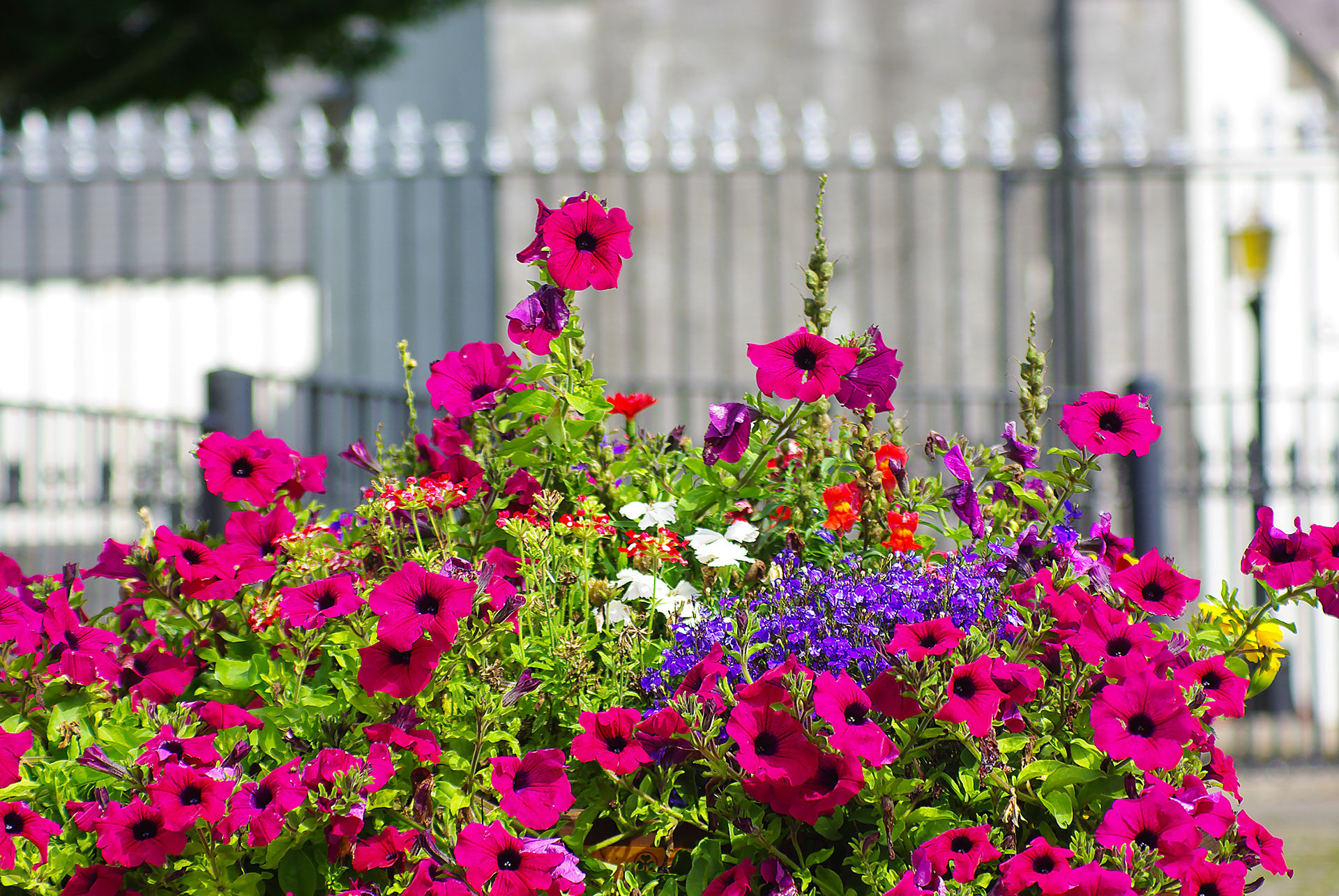After the departure of the Poe family from Heywood, the house was sold to the then Leix Board of Health, with a plan to transform it into a home, for the care of the elderly. This idea was shelved because of the huge cost involved in the reconstruction of the house; which subsequently lay idle for many years.
In 1941 the Salesian Order acquired the house, along with a small holding of land. On September 24th that year, mass was celebrated in Heywood House, in a chapel that had once been the drawing room and dining room of the former stately home.
In 1945 the Salesians established a junior seminary at Heywood, named St. John Bosco College. Five years later on the evening of January 31st 1950, the Order were celebrating the Feast of Saint John Bosco, staging a concert among themselves.
Fr. Ingoldsbody would later recount in the 1985 Salesian College Yearbook, that a strange atmosphere hung over the evening. Firstly a water pipe had burst, and the Brothers were busy mopping up, when the lights failed, and they continued their work by candlelight.
Shortly thereafter, flames were spotted in the roof slabs. An attempt to fight the inferno with a fire extinguisher proved futile, as this was the oldest part of the house, and the timbers were very dry. Fire Brigade units arrived from Ballinakill, Abbeyleix, Durrow, Castlecomer, Ballyragget, Portlaoise and Kilkenny, but by this time the flames had spread rapidly. It soon became apparent that the house would be destroyed.
Of some consolation to the Brothers, as they watched massive burning slabs and roof rafters crash onto the beds in the central dormitory, was the fact that had the fire occurred, as little as an hour later, many lives would have been lost. As it happened the dormitory was empty when the fire started.
As the inferno continued, two army units arrived from the Curragh Barracks, to try and assist the fire brigades in their efforts. It was said that they not only fought the ferocious flames that night, but also the bitter, biting cold, as icicles from the water used to fight the fire, formed on their ladders.

An Army cook. by the name of Moriarty, being used to war-time conditions, knew that all there endeavouring to save the house, would need nourishment. He set up an impromptu kitchen in the carpenter’s shop, and was soon providing hot meals to the weary men. The same carpenter’s shop later became the Refectory for the community, and with the night of the fire in mind, was dubbed “The Gresham” by Fr. Molloy.
As news of the fire spread both locally and nationwide, many locals arrived on the scene to offer their help. Any item that could be saved or salvaged was carried from the house, to the safety of the nearby hall.
Rosaries were offered up with the smoke plumes. Doctors arrived on the scene, and despite the absence of casualties, were not going to be denied the chance to help. Fr. Ingoldsby recalled Ballinakill G.P. Dr. Roland, standing in the once great front hall, with a hose trained on the flames, when a giant rafter crashed down, narrowly missing him.
In a more amusing anecdote to emerge from the flames that night, Dr. Bannon who had travelled from Durrow was rushing through the burning building, with an armful of items he had retrieved, when he spotted a man standing by the staircase. Bannon upbraided the man, for his idleness at such a time, only to later discover that the man in question was actually a statue!
Dr. Bannon and his family later received great praise for organising a place to sleep for all the boys of the college, who had suddenly found themselves homeless that night.
Very little now remains from the once great house, save for three doors, beautifully carved by an artist from Florence, which were placed in the Community refectory.
Heywood House was gutted and would later be demolished, but the Salesian Order remained, and eventually established a secondary school on the site; which is today’s Heywood Community School. The school stands further back from the spot where the original house was situated, and thankfully Heywood Gardens, designed in 1906 by Sir Edwin Lutyens, escaped the flames unscathed.
Information Source: Ballinakill A Journey Through Time by Ger Dunphy & Christy O’Shea
Guided Historical Walk - Ballinakill & Heywood
August 22nd @ 11am
Get your walking shoes on, and step back in time!
It’s not to late to book your place on our Guided Historical Walk of Heywood & Ballinakill, which takes place on August 22nd, at 11am! Guide on the day is local historian, and co-author of Ballinakill A Journey Through Time – Ger Dunphy.
Places are limited, so please book now to avoid disappointment!



